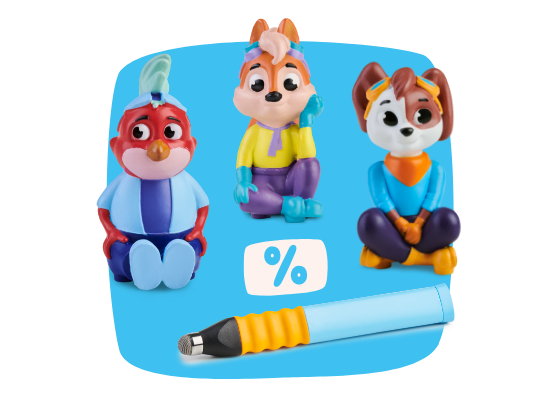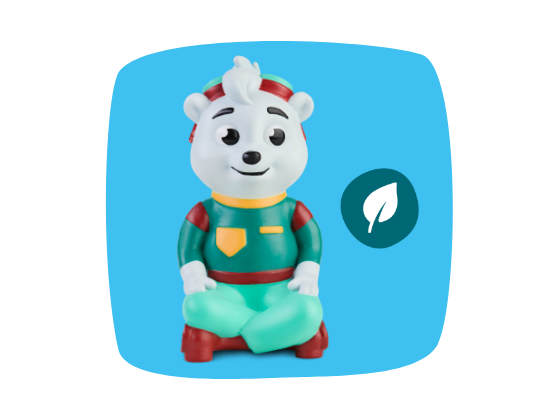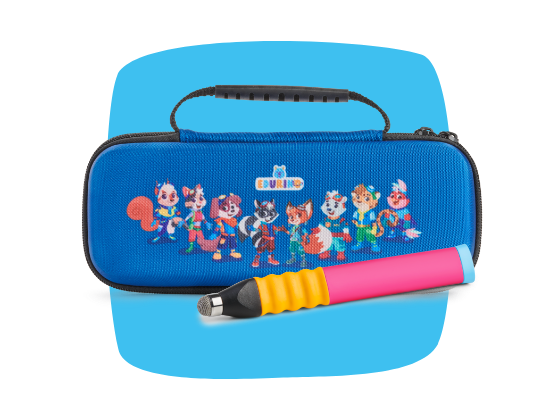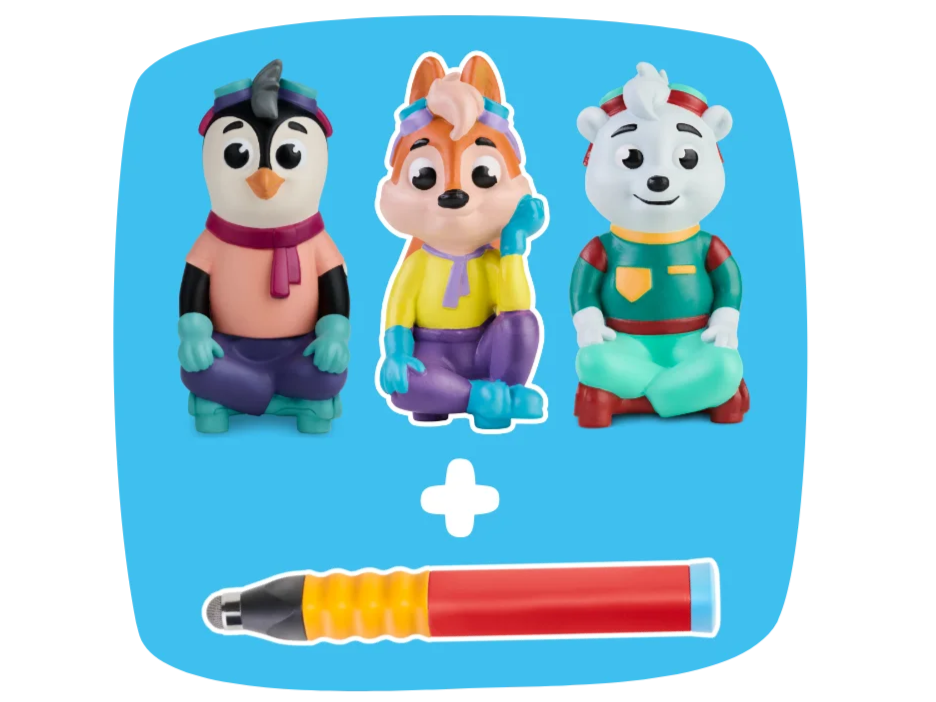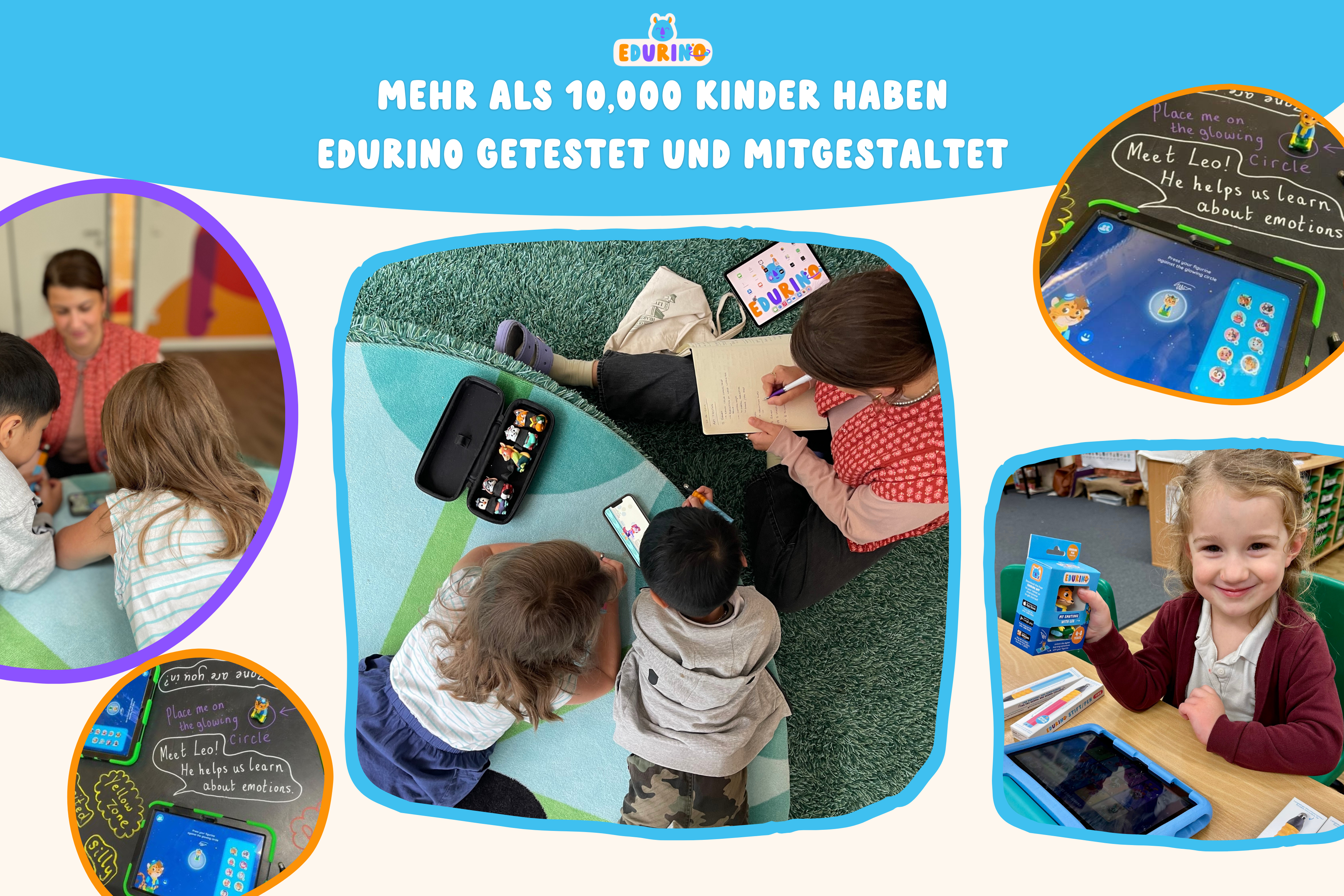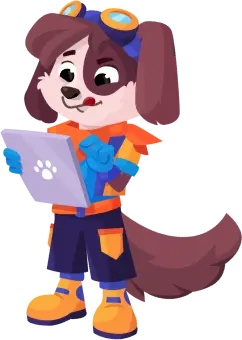Do you remember your computer science class at school, which involved a trip to the computer lab—a high-tech mecca full of computers and bright neon lights? If you were lucky, you got to do a PowerPoint presentation about dolphins. If you were very lucky, you got to color-code a pie chart in Excel. That was the digital highlight of the 90s.
Today, the world looks completely different. Programming has become part of the curriculum. And we parents from the "computer lab" generation stand by, perplexed, wondering: What is it, exactly—and why on earth do children have to learn it?
But here's the thing: Learning to code doesn't automatically mean raising the next tech CEO (although that would certainly be fine). It's about giving kids the tools to think clearly, solve problems creatively, and persevere when things don't work out right away.
Computational thinking – “thinking like a computer” – helps children develop a way of thinking that turns “I can’t do that” into “What if I try it this way?”
Teaching children to code means teaching them to think – and that's a skill that bears fruit far beyond the screen.
Wait a minute – what is programming anyway?
Good question (we asked ourselves that too!). Programming is the art of giving instructions to computers. This allows children to build all sorts of things—from games to apps to devices. The possibilities are virtually limitless. Programming gives children the skills to help shape the technological future.
And thanks to modern learning apps, even children as young as four can discover the basics of programming in a playful and age-appropriate way.
3 good reasons why children should learn to code
-
From endless scrolling to meaningful design
Let's talk about screen time. Children today are growing up in a digital world—they can often swipe before they can write. But just because they use technology effortlessly doesn't mean they understand it.
Learning to code turns the tables. Children become creators instead of mere users. With a little programming knowledge, they can build the apps they love. They transform from digital consumers into digital innovators.
Coding transforms screen time into creative time. And with an app that teaches coding in a fun and child-friendly way, your child could soon prefer building a game themselves to simply playing one.
PS: Just by the way:
"In 2024, there were around 1.7 million tech job openings worldwide. 960,000 of them in Europe and the UK alone."
In other words: learning to program = long-term job insurance.
2. Thinking about thinking about thinking
Steve Jobs once said:
“Programming teaches you how to think.”
Through programming, children learn to break problems down into small, solvable pieces—a key skill in both computer science and life. Whether they need to debug a simple sequence or figure out why their game character isn't jumping, they learn to think logically, be patient, and accept setbacks as part of the process.
It's like mental fitness training – packaged as fun.
And it's precisely this mental agility that prepares children for academic success. They don't just learn to count—they learn how to think.
3. Programming strengthens self-confidence (and personality)
There's hardly anything more rewarding than that "aha!" moment when a code finally works. Children who learn to code experience the joy of solving real problems – and they realize that mistakes aren't defeats, but steps toward success.
According to the World Economic Forum (2023), the most important skills for the next generation include:
- empathy
- Cooperation
- Creative problem solving (at the top of the list)
And programming? It's a complete package for all of that, so to speak. It's a safe space to practice dealing with mistakes. You fail. You try again. You learn to laugh at mistakes—and celebrate small successes.
Meet Luca: Your child's new coding buddy
Luca's learning world in our innovative learning app EDURINO teaches children basic programming skills through games. Developed by early childhood education experts, Luca ensures that the transition into the world of coding is both enjoyable and empowering.
In Lucas' world, children don't just learn how to move figures or move blocks. They learn to think independently, make decisions, and develop creative solutions.
It's not just about preparing them for a digital future – it's about turning them into curious, brave little makers.
Conclusion: Programming is the new coloring book
Teaching your child to code doesn't mean sending them straight to Silicon Valley. It's about giving them the tools to understand the world they're growing up in—and the confidence to help shape it.
Whether you're a skeptical millennial or a tech-savvy Gen Xer, consider this your official invitation to turn screen time into learning time. Download the EDURINO learning app, grab cute Luca, and let's get coding!
Take our quiz – and receive personalized learning recommendations for your child.
Brigid is a primary school teacher with over ten years of experience in state and private schools in the UK and the Middle East. She specializes in early childhood education and working with neurodiverse children.

